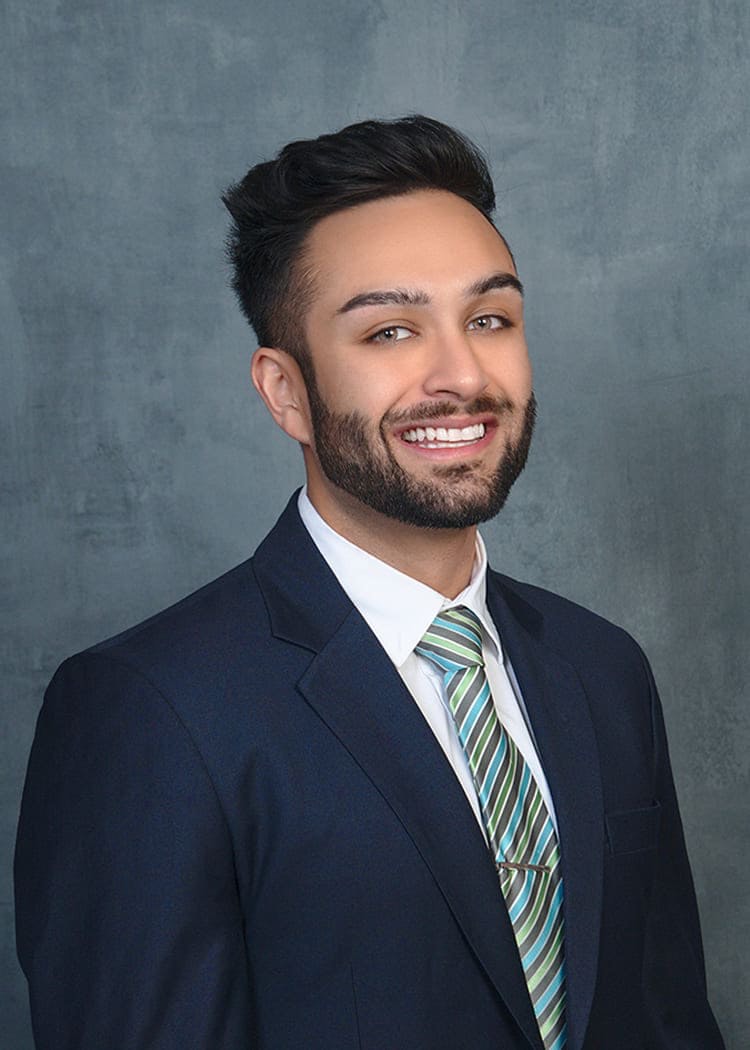
The National Inpatient Sample (NIS) study of nearly 2 million patients showed that 1.9% developed aspiration pneumonia following EGD over a five-year period, with the rates increasing from 1.6% in 2016 to 2.1% in 2020. Most patients affected were white males older than 65 years old, who were covered by Medicare and in the lowest income quartile.
“Overall rates of aspiration pneumonia post-EGD are increasing, and this study presents clear evidence that the odds of developing aspiration pneumonia are tied closely with certain demographics and pre-existing conditions,” lead researcher Jay Patel, MD, a fellow in the Department of Gastroenterology, Hepatology, and Nutrition at Cleveland Clinic’s Digestive Disease Institute, in Cleveland, told Gastroenterology & Endoscopy News. “This could help us identify high-risk groups and conduct procedure optimization in advance.”
Although EGD is widely regarded as safe and is a common procedure for diagnosing and treating gastrointestinal disorders, Dr. Patel said the increasing incidence of aspiration pneumonia underscores the need for heightened vigilance and patient optimization. “Aspiration is one of the complications we’re always concerned about,” Dr. Patel explained. “Although overall quite rare, aspiration pneumonia can prolong patients’ hospital stays, leading to increased morbidity and mortality in these patients.”
For this study, which received the Presidential Poster Award at the 2023 annual meeting of the American College of Gastroenterology (abstract P0552), Dr. Patel and his co-investigators reviewed the NIS database from 2016 to 2020 and included adults who underwent EGD as a primary procedure for hospitalization. The researchers categorized patients based on the presence or absence of aspiration pneumonia and collected information on patient demographics, hospital characteristics, and Elixhauser comorbidities. Patients with missing demographic data or mortality statistics were excluded from the analysis.
Along with the increasing rates of aspiration pneumonia, the data also highlighted the dramatic effect of in-hospital mortality due to the illness and other disease consequences. Post-endoscopy aspiration was associated with higher in-hospital mortality (9.0% vs. 0.8%; P<0.001), longer length of stay (10.54 days vs 4.85 days; P<0.001) and increased total hospitalization charges ($115,581.40 vs. $52,507.70; P<0.001).
The researchers also identified demographics associated with an increased likelihood of developing aspiration pneumonia. Most patients who developed aspiration pneumonia were male (59.54%) and were older than 65 years of age (66.19%). In addition, the group was predominantly white (72.2%), mostly covered by Medicare insurance (70.5%) and fell into the lowest income quartile (28.7%).
“Aspiration pneumonia was found to be more common in patients with comorbidities like congestive heart failure, neurologic disorders, and pulmonary circulation disorders,” Dr. Patel added. “Conversely, obese patients were less likely to develop post-EGD aspiration pneumonia. That’s not something we expected.”
According to Dr. Patel, these findings underscore the need for heightened awareness among healthcare providers and patients about the risk for aspiration pneumonia in patients with these comorbidities.
“Ensuring appropriate sedation during EGD procedures and deploying incentive spirometry to clear lung secretions post-procedure can help prevent this complication,” Dr. Patel concluded. “It’s quite challenging to optimize these patients, but if we see that these various comorbidities are present, we can be more conscious of it, anesthesiologists can be more conscious of it, and patients can be more mindful of this along with their providers post-EGD to prevent these bad outcomes.”
—Chase Doyle
Dr. Patel reported no relevant financial disclosures.




